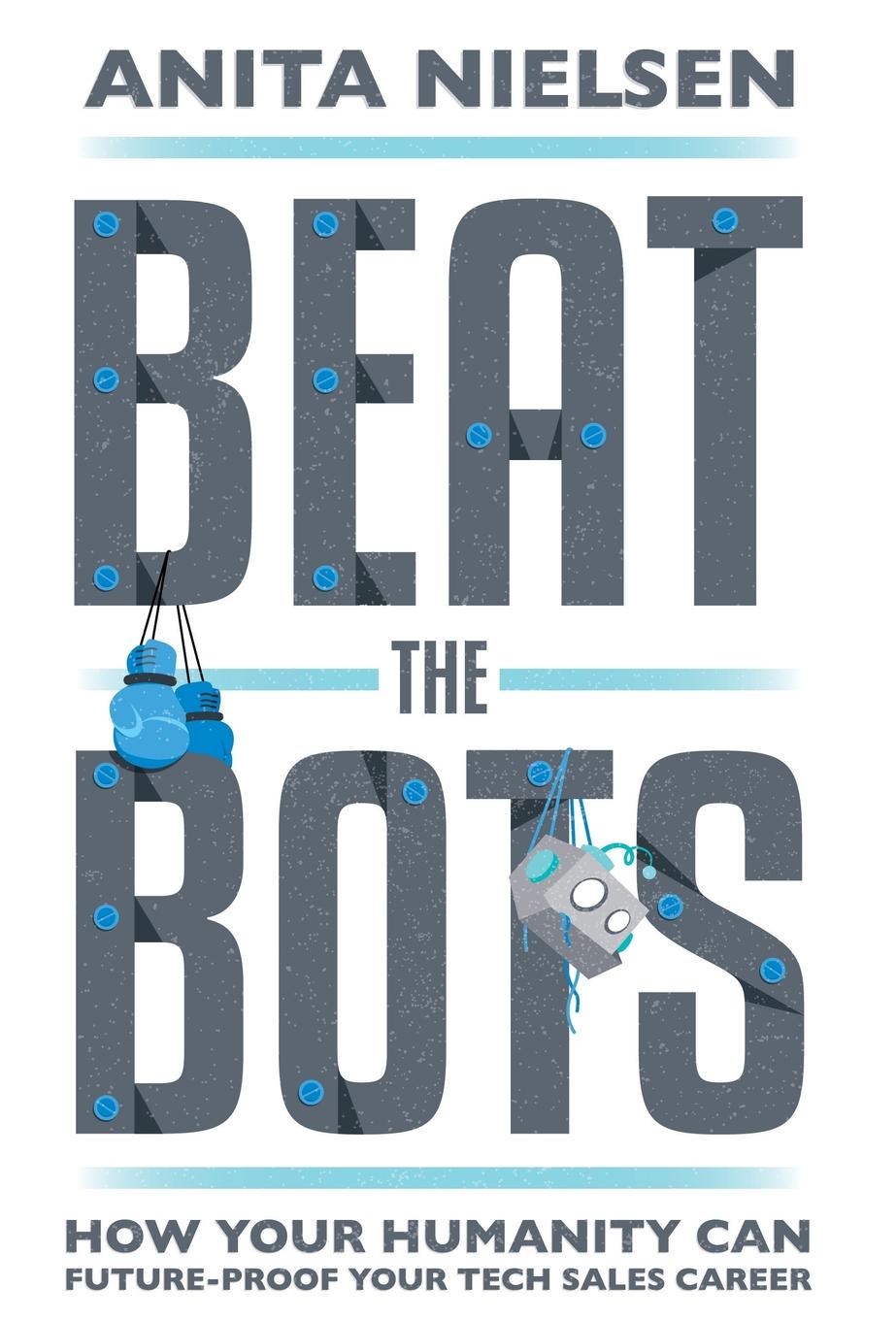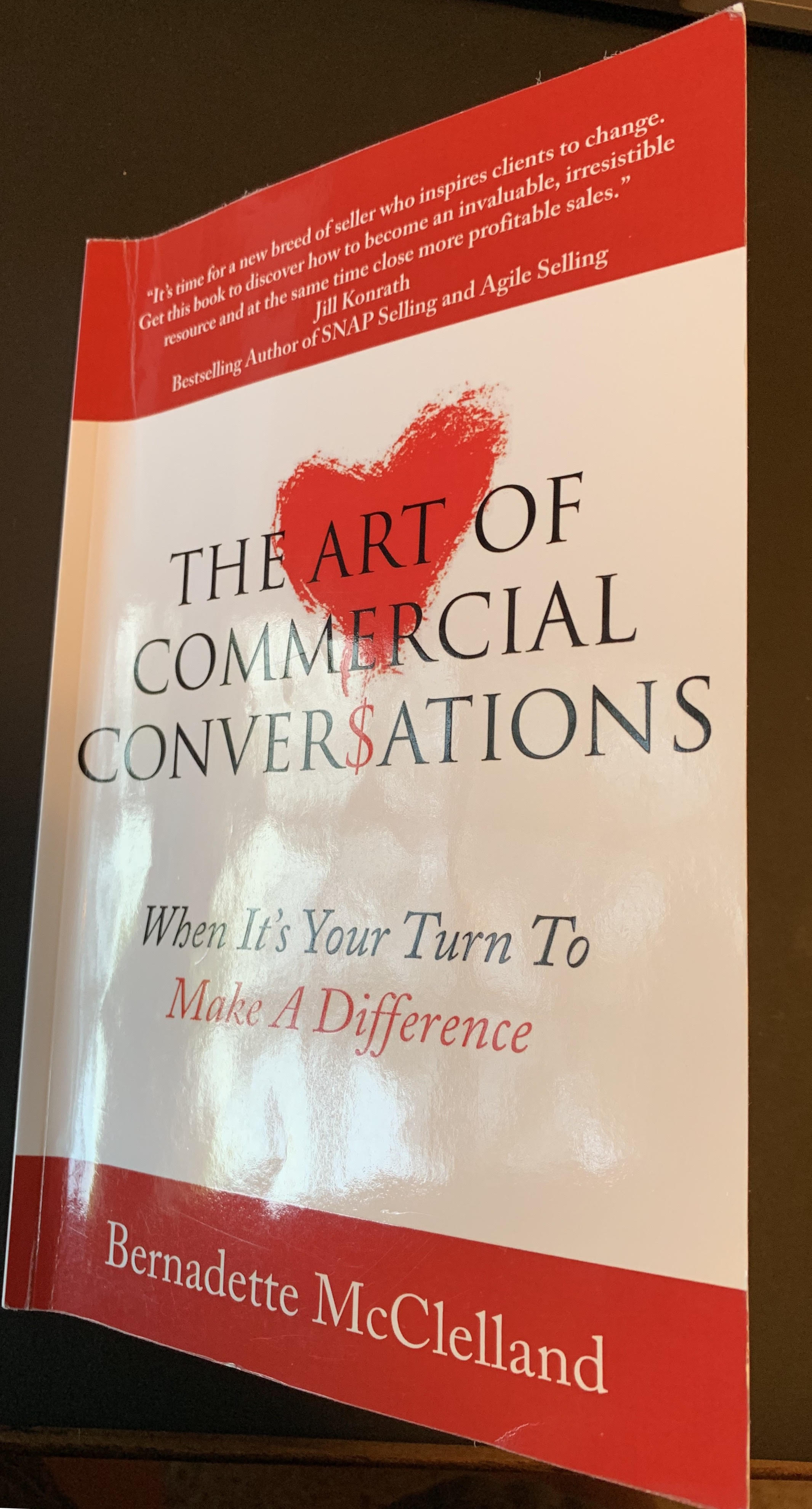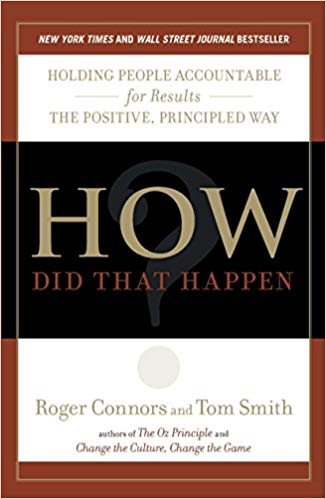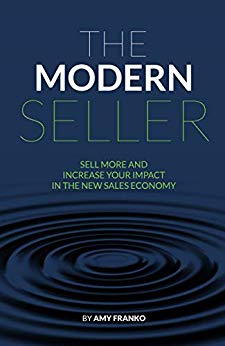Fix Sales: Could a Business MRI (BMRI) Make Your Sales and Profits Healthier?
By Mark Allen Roberts
The new year is underway and soon we will be ending the 1st quarter. When I ask CEO’s and Sales leaders: do you feel you will achieve this year’s plan? I hear I hope so, I think so, and more often than not I hear I’m not sure, it’s too soon to tell. I recently spoke at the NAW event in Washington DC and asked a room of CEO’s and business leaders to raise your hand if you felt with 100% certainty your sales organization would hit your sales and profit objectives in 2020…. not one hand was raised. Will 2020 be like the movie Groundhog Day and be another year like last year where more sales team’s missed quota than achieved it? Or will 2020 be the year you make strategic adjustments to transition your sales organization? In this post we will discuss how to run a BMRI for your business now and detect problems before the end of year when they can become terminal.
There was an interesting article in the Wall street Journal some time ago about a reporter who wrote about healthy lifestyles discovering he had a blocked Carotid artery although he was not currently showing any symptoms. As I read this article it reminded me of how many business owners, CEO’s and sales leaders I speak with have deep issues in their businesses that need some kind of an early warning, a business health MRI maybe to identify issues today that could be potentially crippling at year-end or fatal in the future.
Meet Thomas Burton, age 68 a journalist covering the medical field, and he has spent years writing about strokes, most of which are caused by clots blocking blood flow to the brain. Now he faced a question as he shared in this article: “Am I going to become a weird punch line? As in: Did you see that the guy who writes all those stories about strokes just had a big one?” He felt healthy, ate right and exercised. He considered himself a young 68, but inside his body small fat cells were traveling in his blood and forming a clot.
He had none of the common stroke symptoms like:
Slurred speech
Temporary loss of vision
One side of face droop
Arm or leg weakness
As I read the article I learned 700,000 strokes a year are caused by blood clots and 130,000 of them end in death according to the American Stroke Association.
A simple scan, an MRI saved this reporters life. I was so moved by this article I signed up for a body scan myself.
This led me to a a couple of questions:
What if we could provide a scan for the health of your business today and predict the future health of your business?
If we used a scan of your businesses health today could it help us prevent your business having a stroke and or going out of business?
Would you do it? Why or Why not?
What if we had a Business MRI (BMRI) and we could scan your business and share specific areas that need to improve before they become fatal?
For over 30 years of my career I was hired to “fix sales problems”. The first thing I would do is assess various parts of the business, understand the voice of their customers today, and determine the organizations’ overall health then work with the leadership teams to improve any areas that are not performing or could be a risk for the organization in the future. This process I used was the same but the time to complete it varied from 3-6 months to a year. (but that was many years ago) As a leadership team we would find, divide and concur the data and I would conduct four legged sales calls with the sales team and visit all the customers who represented 80% of the profits. I was assessing the sales team skills, beliefs, motivation, process, strategy alignment and the tools they were using. I was also capturing the voice of their customers today. Luckily today we have the technology and systems to complete a business health scan (BMRI) in less than three weeks.
What if, buried deep in your transaction data and your sales team itself are the answers you are seeking?
- How effective are we?
- How much more effective can we be?
- How long would it take?
- Does my sales team have the beliefs, motivation, skills and systems support to drive the sales and profit growth I need?

Could clots be forming that can cause a sales and or profit stroke in your business or worst?
If we could run a diagnostic scan of your sales and your overall business health what would we look for?
I would suggest seven (body) parts of your organization to scan.
Net promoter score
Customer satisfaction score
Company knows why they win and why they lose sales
Understand your customer’s buying criteria today
Understand your customers buying process today
Understand the business of your customer’s business
Systems and Processes
Sales Process that is buyer centric
Systems to support profitable growth
Sales skills and competencies
Is the CRM your single point of truth or a box of lies?
Sales Support
Excess capacity
On time shipments
Shipment accuracy
Marketing
Web page rank
Web bounce rate
Web content in the form of problems you solve
Testimonials
Lead generation
Quality of leads generated
Cost per lead
Lead rolling 12 months close rate
Case studies with economic impact
Social Media presence
Digital marketing competence
Ease of online engagement
Content
Content, thought leadership positioned in key channel associations
Leads from events
Sales support
Ideal customer profiles
Buyer personas by channel and product type
Sales Enablement
Sales tools
Sales Management Skills
Sales Manager Coaching Mastery
Sales Mindset
Beliefs of your salespeople about selling
Motivation of your salespeople
Sales team Accountability
Will they sell?
Emotional intelligence
Figure it out factor
Empathy
Beliefs about your pricing
Beliefs about your quality
Beliefs about the economic value your team delivers
Sales Skills
Qualifying
Discovery
Value based sales skills
Product knowledge
Follow up
Build and leverage relationships
Account management
Project management
Problem solving
Critical thinking
Do what you say you will do
Listening, active listening skills
Business acumen
Market knowledge
Understanding of your customer’s customer
Understanding of how your customer makes profit
Negotiation skills
Closing skills
Understanding of company strategy
Understand sales behaviors that support company strategy
Metrics and Data
On boarding new sales associates and time to revenue
Sales skills assessment
Sales training content, time and delivery method
KPI’s (leading and lagging indicators)
Sales $’s
Cost of sale by customer
Sales growth trend last 24 months
Cash flow
Average sales profit last 24 months, total, by region, by salesperson
Net profit by customer
Share of wallet by key customer
Customer retention %
Customer defections $’s
Net new customer $’s and profit
Net new product and or new service sales and profits
Price override %
Cost of new customer acquisition
Sales turnover (planned and unplanned)
Sales close rate
Once we scanned your organization for all of the above, we could diagnose the overall health of your business today and predict the future success of your organization. We are establishing your current state.
Most of the teams I have served have a much clearer vision of their future state they desire than the current state they are working in today. We look at your business and customers today then create a plan, connect the dots between today and where your team desires to be,
What would you add to the list?
What else would you want to diagnose?
How healthy is your business?
How healthy is your sales and profits?
Are your salespeople doing the sales behaviors you need today?
I hear some of you saying: “Wow Mark that’s a lot of work, I am already buried in work and so is my team how will we find the time to gather this information? “
Or another common concern: ” This sounds like a pretty big change and we are not typically strong at change management.”
If you have been following any of my articles or attending webinars there is an assessment tool and process to gather the above data points. We leverage technology to gain the insights we need to shape a healthy business plan for the future.
If you want to DIY your assessment have at it. Before the tools we available today I helped teams gather this much needed data and it typically took 6-8 months.
With the rate of change we are experiencing in this VUCA economy by the time you gathered everything yourself it may not be relevant anymore.
The other consideration you must assess is the organizations culture if you want to DIY your sales and profit health project. Your organization culture is like the blood flowing throughout your body. It touches every organ or as in this case every process and system.

Culture
Innovative or Protect the Fort?
Comfort with change?
Leaders have fixed mindset?
Matrix structure, top down, very flat?
Decision making process?
Leaders open to new ideas or do they have deep biases that may slow down the process?
My recommendation is you want a 3rd party to give your business a BMRI so the data is not biased.
Be prepared some of what you learn will be great and confirm your beliefs and some of what your 3rd party discovers will make them seem like a Heretic. There is a tremendous value of hiring a heretic when it comes to adding value to your bottom line.
Keep your focus on the desired future state, processes and customers.
Create cross functional teams to help you get there.
You have a smart and experienced team give them data and watch them shine.
When you find the above you will complete a health assessment of your business.
You will have all the data. Where the art of this comes in is seeing all these puzzle pieces and knowing how to assemble them into a plan your team can execute that drives short term gains while establishing long term profitable sustainable growth.
If you want help let’s chat.
I can help you answer the above questions in 3-4 weeks and establish your current state, then together we can collaboratively build your sales and profit health plan.










